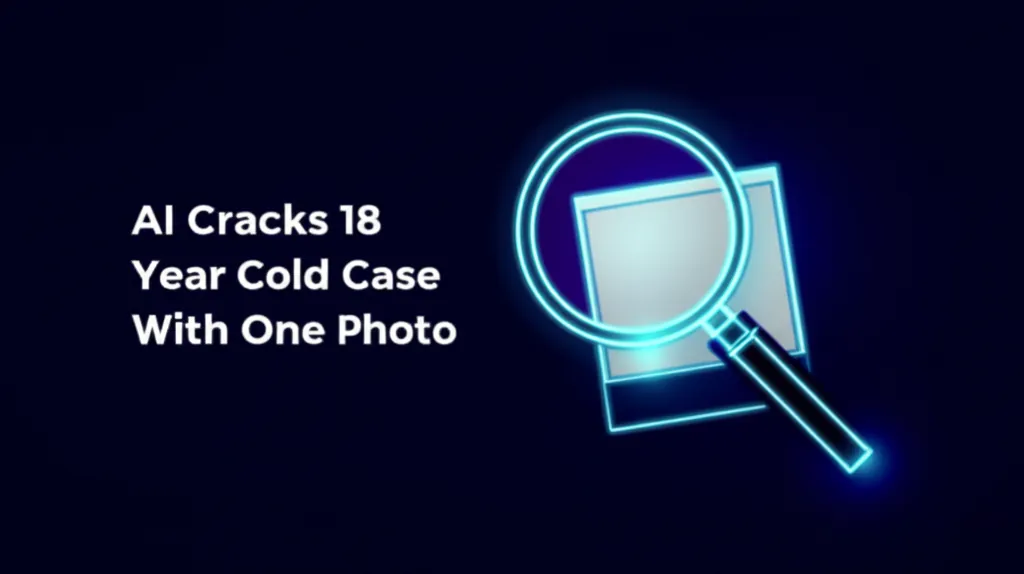Your Guide To Building An AI Polaroid Camera
Introduction to Your AI Camera Project
This project guides you through transforming a Unihiker K10 into an AI-powered Polaroid-style camera. By integrating Google's Gemini AI and ImageRouter, you can create a unique photography experience where every photo you capture is enhanced with stunning, real-time AI-generated effects. The camera is designed with an intuitive interface that includes physical buttons, RGB lighting feedback, and an engaging shake-to-capture feature, making every shot a work of art.
What You Will Build
- AI-Powered Camera: A device that takes photos and instantly applies AI-generated artistic effects.
- Interactive Interface: Features physical buttons and shake detection for a natural and engaging user experience.
- Real-time Processing: A WiFi-connected backend server on your computer handles the intensive AI processing tasks.
- Visual Feedback: On-screen animations and RGB lighting guide you through the photo-taking process.
- 3D Printed Enclosure: A custom-designed housing that gives the device the look and feel of a classic Polaroid camera.
Required Hardware and Software
Hardware Requirements
- Unihiker K10: The core development board for this project. You can get one here.
- 3D Printer: Needed to print the custom camera body.
- SD Card: A minimum of 512MB, formatted to FAT32.
- Computer: For running the Arduino IDE and the backend server.
- USB Cable: For connecting and programming the Unihiker.
Software Requirements
- Arduino IDE: For developing and uploading the firmware.
- Python with uv package manager: For running the AI backend server.
- Google Gemini API Key: To access AI image processing capabilities.
- ImageRouter API Key: For additional image effects.
Getting Started The Project Files
Before you begin, you can find all the necessary project files, including the 3D print models and code, in this GitHub repository. This repository also contains instructions and code for a variety of other projects.
Step 1 Hardware Assembly and 3D Printing
The project enclosure consists of three main 3D-printed parts: the Body, Back Plate, and Button.
Printing Settings:
- Material: PLA or PETG is recommended.
- Infill: 15% is sufficient for all parts.
- Support: Enable supports for any overhangs.
- Layer Height: 0.2mm provides a good balance of quality and speed.
- Orientation: Print the body with its large flat side down for stability.
Assembly Steps:
- Insert the button into the designated holes on the side of the body.
- Carefully place the Unihiker K10 into the body, making sure the Type-C port aligns with its cutout.
- Attach the back plate to cover the rear of the device.
- Insert the prepared SD card. This must be done before you power on the device.
Step 2 Configuring the Software
Arduino IDE Configuration
- Install the Arduino IDE if you don't have it.
- Set up the Unihiker K10 board support by following the official Unihiker documentation.
- Open the project in the Arduino IDE by navigating to
File -> Openand selectingprojects/polaroid/polaroid.ino.
WiFi Configuration
-
In the Arduino IDE, open the
wifi_helper.inofile. -
Update your WiFi credentials: cpp const char *WIFI_SSID = "YOUR_WIFI_NETWORK_NAME"; const char *WIFI_PASSWORD = "YOUR_WIFI_PASSWORD";
-
Save the file.
Server IP Configuration
- Open the
gen_ai_helper.inofile. - Update the server URL with your computer's local IP address: cpp const char *SERVER_URL = "http://YOUR_COMPUTER_IP:8000/upload_adv";
To find your IP address, use ipconfig on Windows or ifconfig / ip addr on macOS/Linux.
Step 3 Setting Up the AI Backend Server
Install uv Package Manager For Windows: shell powershell -c "irm https://astral.sh/uv/install.ps1 | iex
For macOS/Linux: shell curl -LsSf https://astral.sh/uv/install.sh | sh
Set Up API Keys
- Navigate to the server directory:
cd project/polaroid/server - Copy the example environment file:
cp .example.env .env - Edit the new
.envfile and add your API keys from Google AI Studio and ImageRouter.
GEMINI_API_KEY=your_actual_gemini_api_key_here IMAGEROUTER_API_KEY=your_actual_imagerouter_api_key_here
Start the Server
- Run the server with the command:
uv run main.py - Verify it's working by visiting
http://localhost:8000/docsin your web browser.
Step 4 Preparing Your SD Card
- Format your SD card to FAT32.
- Copy the entire contents of the project's
storage/directory to the root of your SD card. - Ensure the following files and folders are present:
storage/polaroid/(containing UI images) and the sound filesstorage/shutter.wavandstorage/loading.wav. - Insert the SD card into the Unihiker K10.
Step 5 Uploading the Firmware to Unihiker K10
- Connect the Unihiker K10 to your computer.
- In the Arduino IDE, select
Unihiker K10as the board and choose the correct port. - Click the 'Upload' button and wait for the process to complete. The device will restart automatically.
Step 6 How to Use Your AI Polaroid Camera
With everything set up, it's time to take some photos!
- Start: Press Button A to enter camera mode.
- Capture: Press Button A again to snap a photo.
- Processing: A loading animation will appear as the AI processes your image.
- Shake to Reveal: Once processed, shake the device to reveal the AI-generated artwork.
- Compare: Press Button B to switch between the original photo and the AI version.
- New Photo: Press Button A to return to the camera and take another picture.
Project Conclusion and Next Steps
Congratulations! You have built a fully functional AI-powered Polaroid camera. This project successfully merges the nostalgic charm of instant photography with the creative power of modern AI. The Unihiker K10 serves as an excellent platform for such interactive projects, providing a solid foundation for you to experiment with different AI models, add new features, or explore other creative applications in computer vision and IoT.
Happy building and happy snapping!


